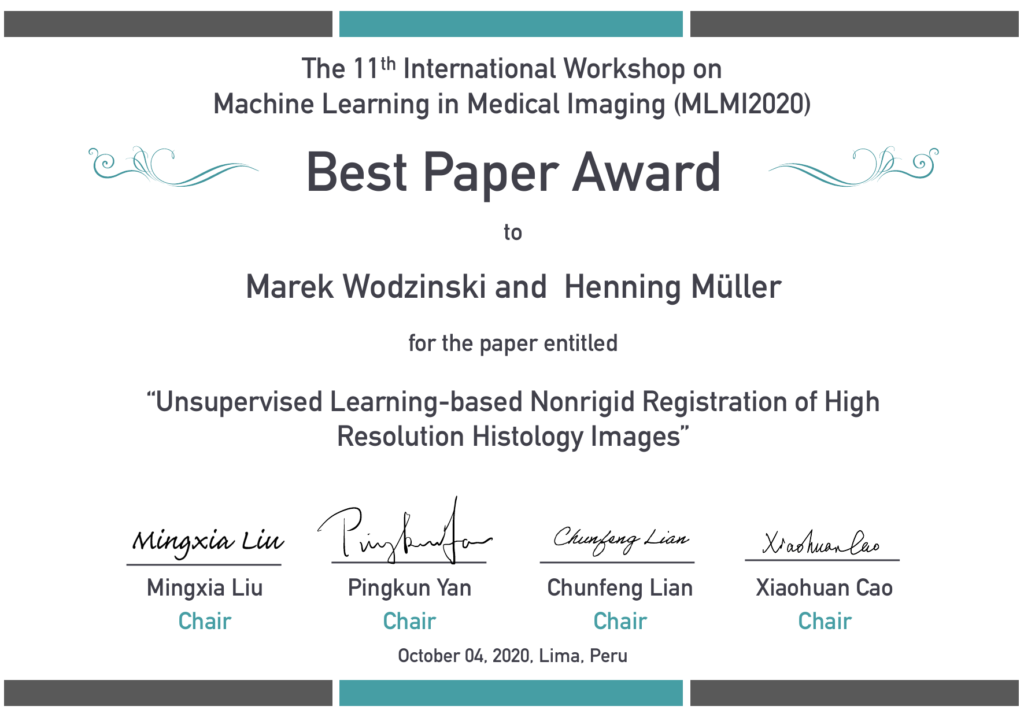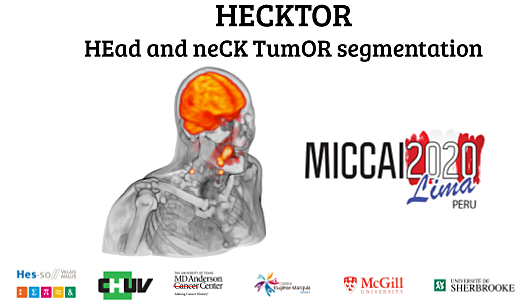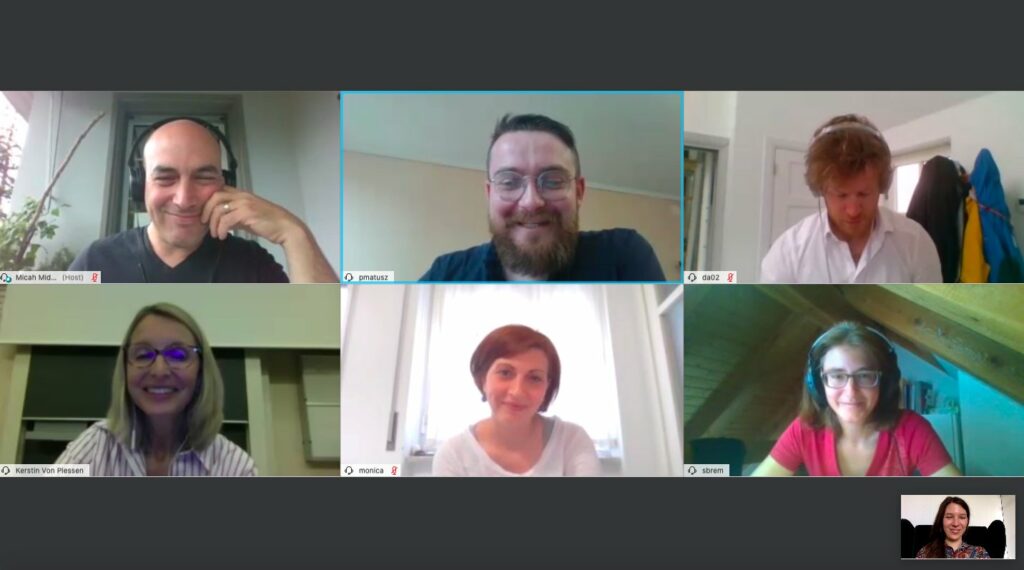Our paper entitled “Semi-Weakly Supervised Learning for Prostate Cancer Image Classification with Teacher-Student Deep Convolutional Networks“, by S. Otálora, N. Marini, M. Atzori and H. Müller has been accepted for publication at the MICCAI workshop LABELS 2020: Large-scale Annotation of Biomedical data and Expert Label Synthesis.
In this paper, we propose a teacher-student approach for training data-hungry models using images automatically annotated by a deep CNN model. Our results in the challenging task of automatic grading of prostate cancer images show that using this approach is significantly better than training the CNN with the small set of ground-truth annotations. It opens the possibility to use vast amounts of non-annotated data.









